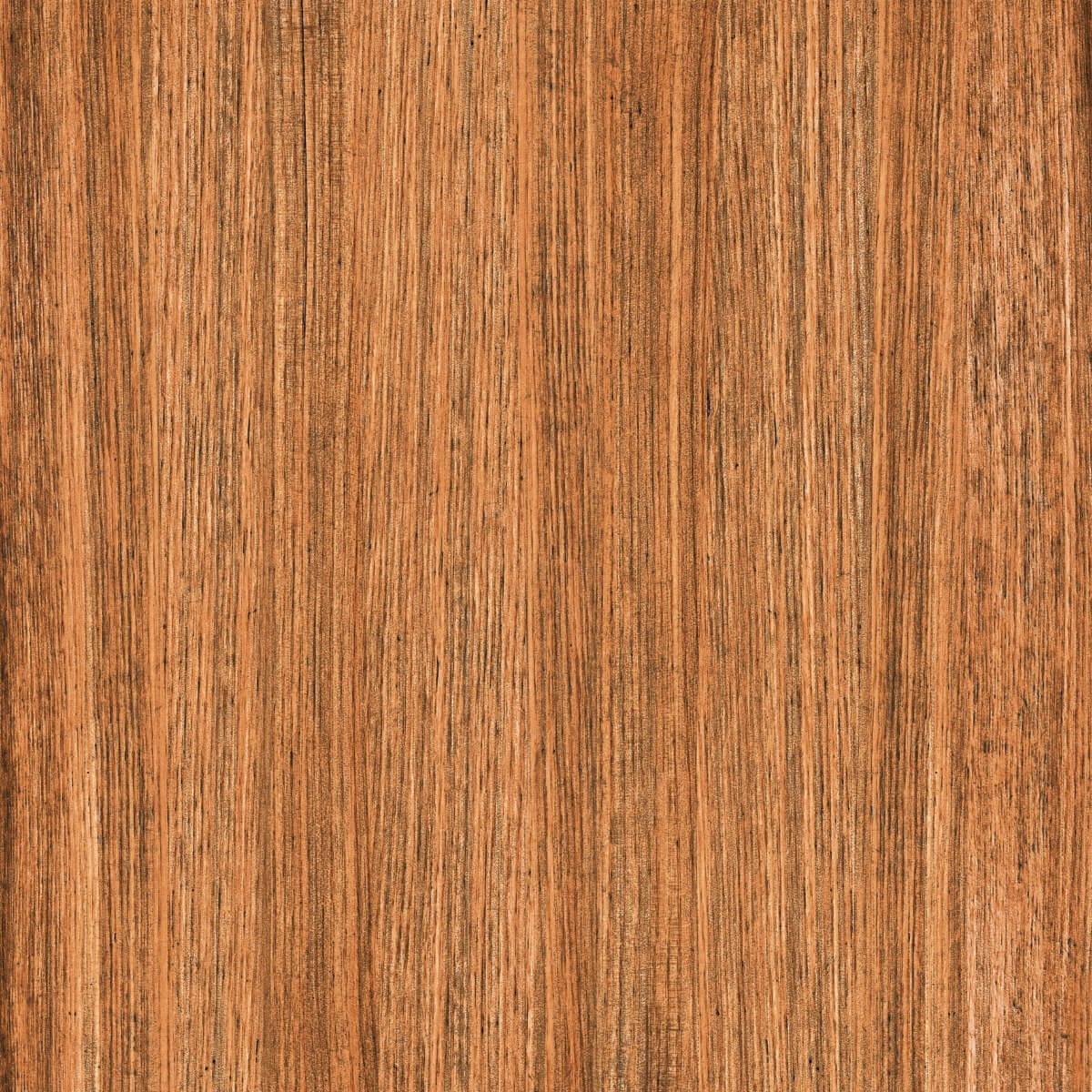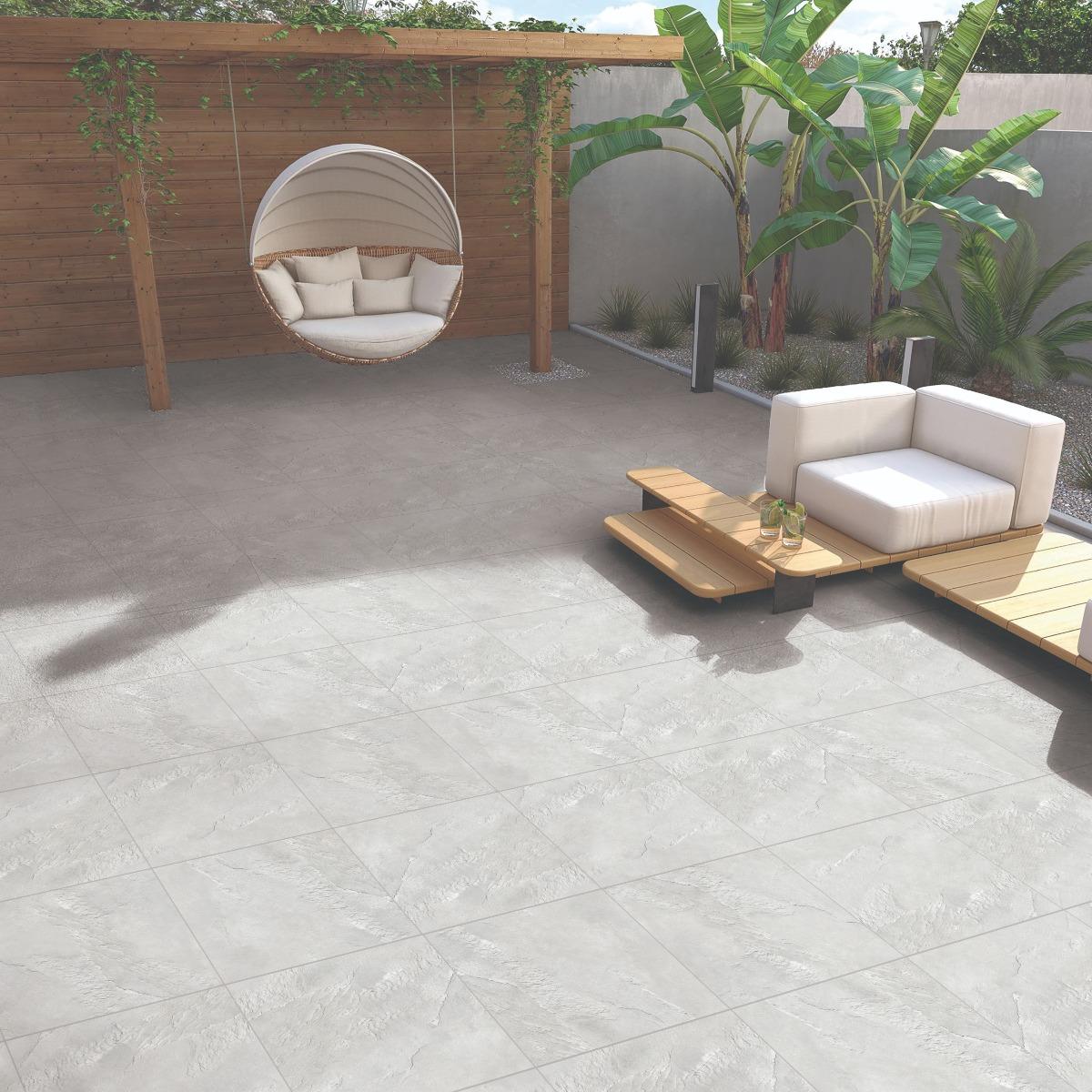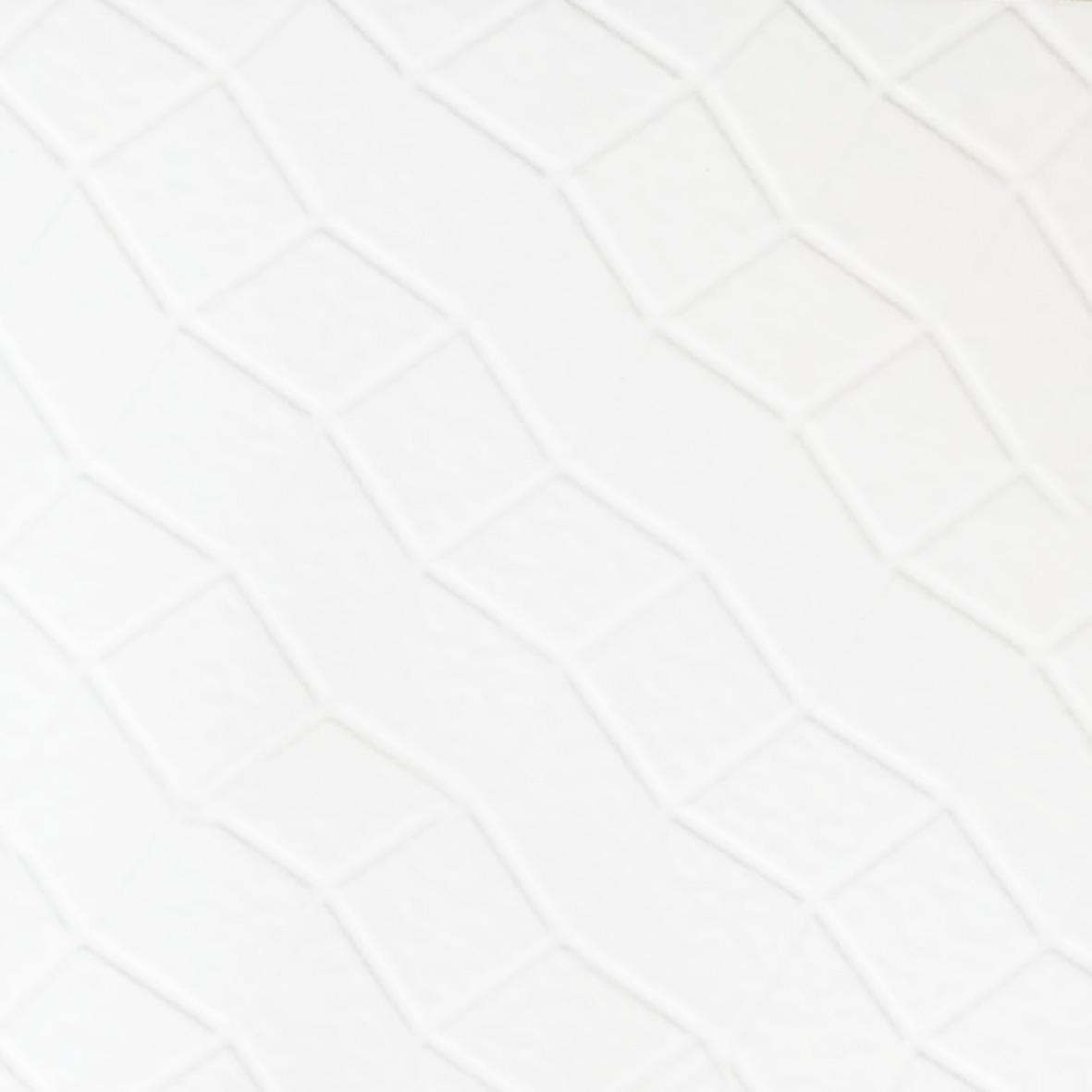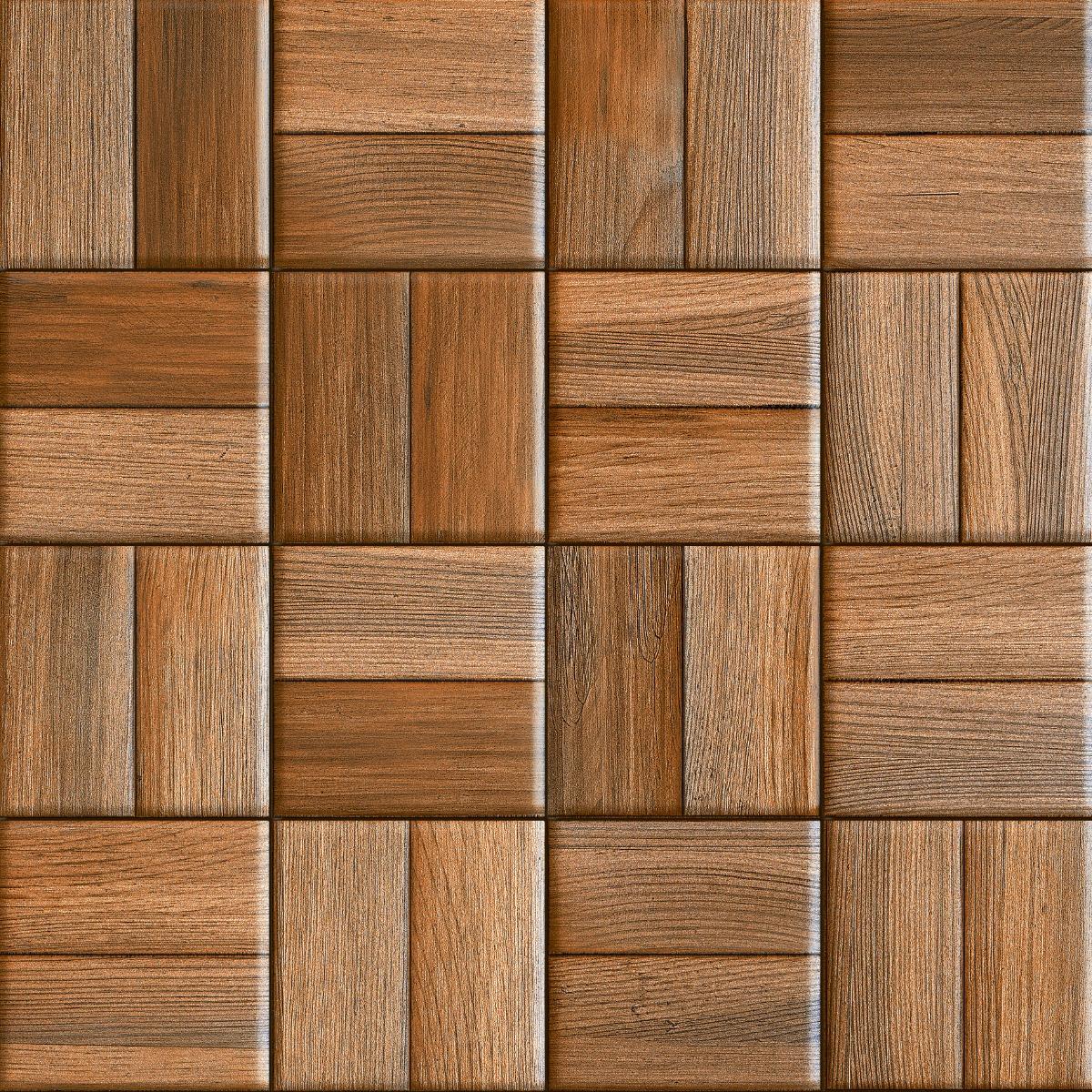![]()
With the number of options and varieties available in the market, it is not easy to decide upon a tile and be sure of it. You’ll always be bombarded with so many options that a person is bound to get a little confused. In this blog, we’ll talk about wall and floor tiles. The tile you like doesn’t need to make a perfect case for being an apt floor or a wall tile. This blog will help you decide better when it comes to choosing the perfect tile for your space and also lay down some basic differences between a wall and a floor tile.

The major distinction between wall tiles and floor tiles narrows down to its ratings for slipperiness and hardness.
- Coefficient of Friction (COF) Rating COF rating is one factor that helps to define which type of tile goes on walls or flooring. Every tile has a certain COF rating. Floor tiles should have a minimum level of friction for them to be safe to walk on. This is what is called the Coefficient of Friction or COF, with higher numbers representing greater friction. Wall tile can be smooth and as glossy as glass, and often it literally is glass because friction is not an issue where traction is not a concern.
- PEI (Porcelain Enamel Institute) Rating: PEI ratings are the second most important factor that defines hardness and durability. The Porcelain Enamel Institute (PEI) issues five classes of PEI ratings that tile companies can use if they wish. Ratings range from Class 1, for areas with no foot traffic, to Class 5, for areas with heavy-duty foot traffic, as found in commercial settings. PEI ratings are usually mentioned within each tile’s specifications and are a good determiner of where a tile can be used
- Water Absorption Rating: The water absorption rating, or the WA rating, of a tile, is another major important factor to take into account when deciding whether to use wall tiles on the floor. This rating is to tell you how the tile will react to water. This factor is important to consider when you’re installing tiles in the bathroom.
![]()
It is generally believed and has been found in most cases that wall tiles aren’t appropriate for the floor, for a variety of reasons. They may prove to be more slippery or less water-resistant than a floor tile is needed and supposed to be. Glass wall tiles are obviously too fragile for the floor.
Floor tiles are usually made from either ceramic, porcelain, or stone. Ceramic tiles are typically softer and less resistant to water, while porcelain and stone tiles are generally very dense and extremely durable on the floor.
Although most of the wall tiles can’t be used on the floor, most floor tiles can be used on the wall, as long as the wall can bear the weight of the tile. So if you’re looking for a unique look to amp up your decor, such as using large-format flooring tiles on the wall or both the walls and the floor, all you need to do is look for a durable option. There are endless options for mixing and matching the floor and wall tiles.
![]()
Large tiles on the floor can give an illusion of your space being more spacious than it is because there are fewer grout lines to break up the visual field. Large floor tiles are dramatic and can give your rooms a minimal and classy look. Small tiles on the floor are usually ideal for very small spaces, such as the powder room or a small foyer. Small tiles create luxurious texture and invoke visual interest.
Wall tiles and floor tiles both are used for indoor decoration, both play an important role in the protection and beautification of your space. From a different perspective, interior wall tiles decorate the interior walls to avoid damage, spills, or pollution and bring out the character in your space. While floor tiles are also called tile flooring, which is mainly used to decorate the floor and create a bright and elegant living experience.
![]()
Wall tiles are generally glazed pottery with relatively high water content. The back of these tiles is generally rough, which is also conducive to tile adhesive sticks on the wall. And floor tiles are not easy to stick strongly on the wall. If wall tiles are used on the ground, they will absorb too much water and become difficult to clean and might lose their color. It is visible that walls and floor tiles cannot be mixed.
Floor tiles offer various styles, but the color and pattern are relatively simple. While the wall tile pattern is varied, rich and some have also produced concave-convex texture that can create artistic effects with different styles. Floor tiles are usually in the shape of a square with large sizes. The commonly used sizes are 600X600mm, 800X800mm, 1000X1000mm, etc. The inner wall tiles are generally in a rectangular or square shape but the sizes are relatively small, with specifications of 100X100mm, 50X100mm, etc.
![]()
If you are planning to re-decorate, renovate your place, and are on the lookout for tiling options, then you should definitely check out the Orientbell website for some remarkable options for your space. Rhino, Canto Sahara, HD-P Elevation, and many more such series are there in the store tiles category that are perfect for your flooring needs.
If wall tiling is your current requirement, you should definitely check out the website for series like Inspire, Sparkle, Eleganz, and many more. The detailed and accurate filters on our website will help you reach the desired tile in a hassle-free and convenient way. Orientbell believes in making the process of tiling, a fun-filled journey, and our digital tools plus filters help us in exactly that.



























